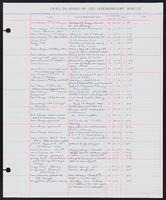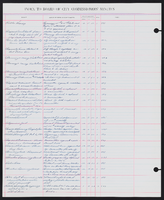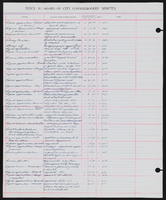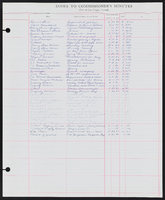Search the Special Collections and Archives Portal
Search Results
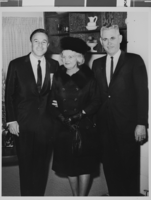
Photograph of Mayor Oran K. Gragson, his wife Bonnie with Gene Kelly, circa 1960s
Date
Archival Collection
Description
Image
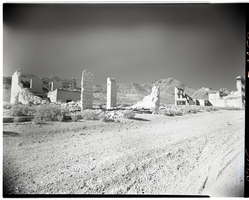
Film transparency of buildings located on Golden Street, Rhyolite, Nevada, November 25, 1948
Date
Archival Collection
Description
Image
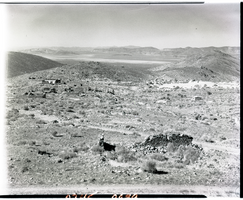
Film transparency of a ghost town, Delamar, Nevada, 1956
Date
Archival Collection
Description
Image

Correspondence, Thomas Toland to F.A. Truett; Thomas Toland to Levi Syphus
Date
Archival Collection
Description
Text
Juanita Greer White Photographs
Identifier
Abstract
The Juanita Greer White Photographs (approximately 1960-1979) depict Dr. Juanita Greer White’s activities in politics and higher education in Southern Nevada. Images depict Dr. Greer White receiving a Distinguished Nevadan Award, acting as a Nevada Delegate for the National Conference on Aging, and her time spent in the Nevada State Legislature.
Archival Collection
Arthur G. Grant Photograph Collection
Identifier
Abstract
Arthur G. Grant Photograph Collection (approximately 1950-1965) consists of 120mm and 35mm color photographic slides taken in the mid-1950s in and around Las Vegas, Nevada. Images depict Arthur G. Grant's home life, the Fortune Club business on Fremont Street, general downtown, Helldorado Parade, and a Mount Charleston picnic. The collection also contains images of Lake Mead boat races including an appearance by Donald Campbell and his water speed world record-setting jet powered boat, Bluebird.
Archival Collection

